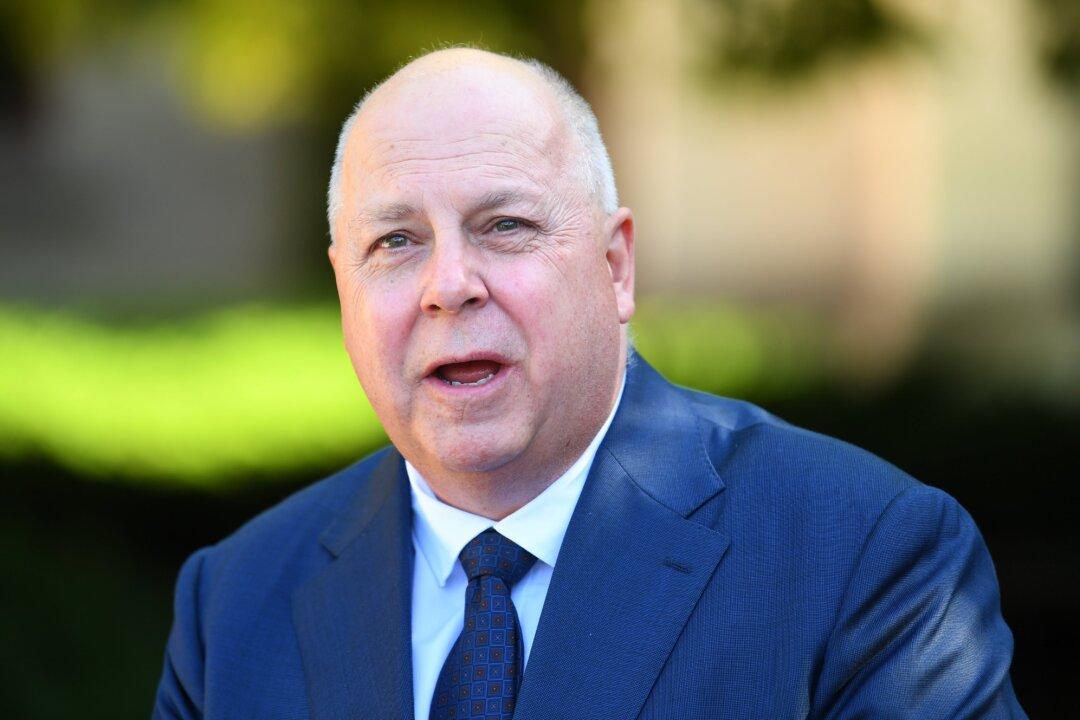Commentary
The distribution of funds collected by the Australian government to the states and territories often results in a fight over the outcome.

The distribution of funds collected by the Australian government to the states and territories often results in a fight over the outcome.